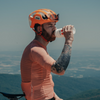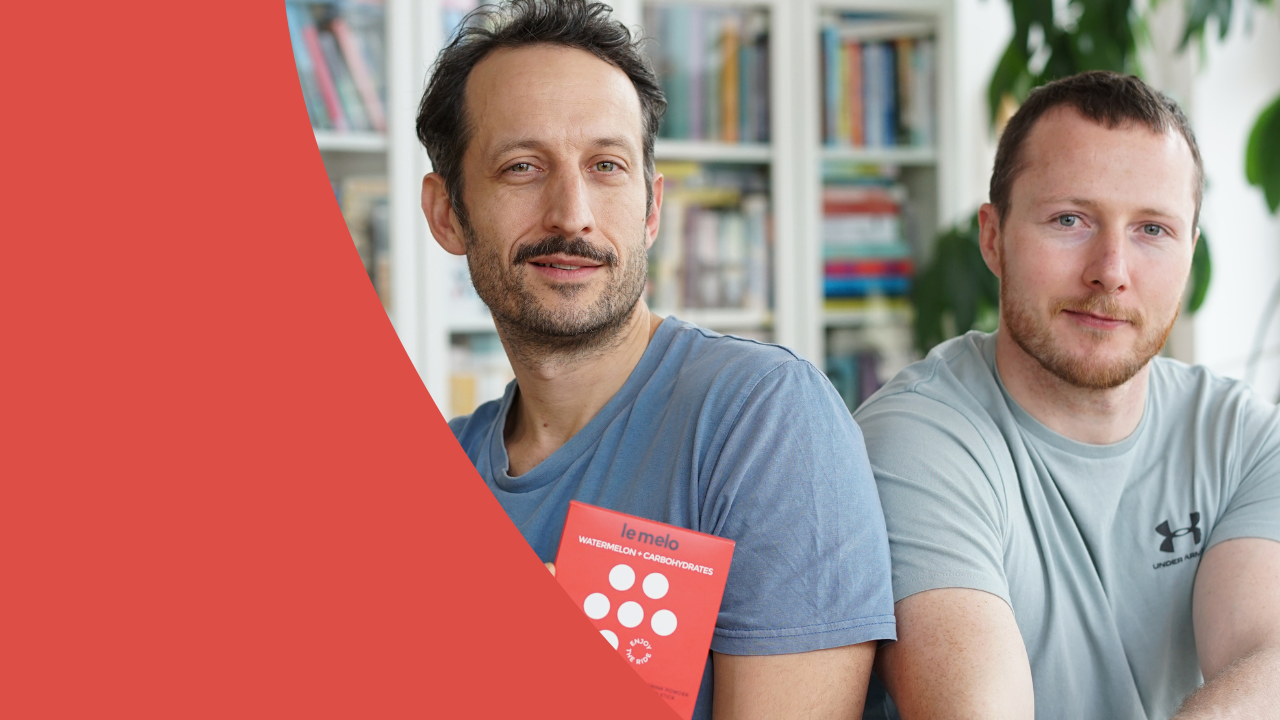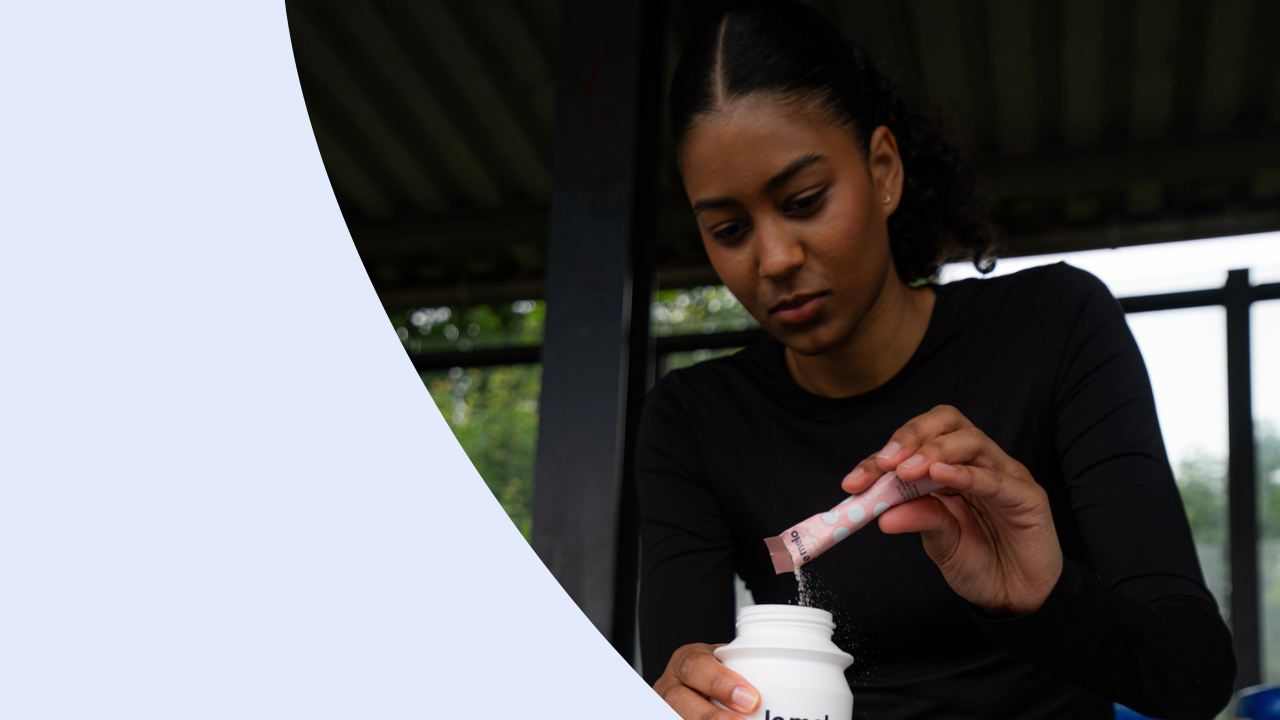The 3 levers of endurance sports success: carbohydrates, fluids and sodium
Hello, I'm Malte, founder of le melo, a sports hydration drink. My experience shows that the key to success in endurance sports lies in the consistent application of basic principles of fueling and hydration.
Success is neither magical nor mysterious. Success is the natural consequence of consistently applying basic principles.
Essentially, it's about balancing three acute "costs" during training or competition:
- Calories burned (mainly carbohydrates)
- Fluid lost through sweating
- Sodium lost in sweat
At le melo, we call these the "3 Sacred Levers." Let's explore how to optimally adjust these levers.
Lever 1: Carbohydrates - Keep the power source running
Carbohydrates are crucial for improving performance, especially during exercise lasting longer than 45 minutes. The recommended amount increases with the duration of the activity.
How to find your ideal carbohydrate intake:
- Conduct stress tests at competition intensity
- Record performance data, subjective feelings and weather conditions
- Record carbohydrate intake and any stomach upsets
- Repeat the test with varying amounts of carbohydrates
- Analyze the impact on performance and well-being
Over time, you will find your personal "sweet spot" amount, which remains relatively constant as long as the duration and intensity are similar.
Lever 2: Liquids - Learning from the extreme cases
Fluid loss through sweating varies greatly, even within the same person. Therefore, blanket recommendations are difficult.
Fluid intake according to activity duration:
- Up to 60-90 minutes: Often unnecessary in cool conditions
- 2-3 hours: About 500ml per hour as a starting point
- From 3-4 hours: Flexible drinking schedule recommended
The optimal amount of fluid can range from 250 ml to 1.5 liters per hour. Experiment with the 500-1000 ml range.
Signs of under- or overhydration:
- Underhydration: Thirst, dry mouth, slight dizziness
- Overhydration: Bloated feeling, lack of thirst, frequent urination
Lever 3: Sodium - The often overlooked turbo booster
Sodium loss varies greatly between individuals, depending on sweat rate and sodium content in sweat.
Sodium intake by activity duration:
- Up to 60-90 minutes: Usually no extra sodium needed
- 2-3 hours: 0-1000mg per hour, depending on individual needs
- From 3-4 hours: 200-1500mg per hour or more
As a heavy sweater with salty sweat, I personally need 1200-1500mg of sodium per hour during intensive cycling sessions in the heat.
Conclusion: The path to optimal performance
Whether carbohydrates, fluids, or sodium—with the right strategy, some perseverance, and a keen sense of your body's signals, you'll find your personal fuel mix. This is the key to maximum performance in endurance sports.
Enjoy the ride!
Malte





